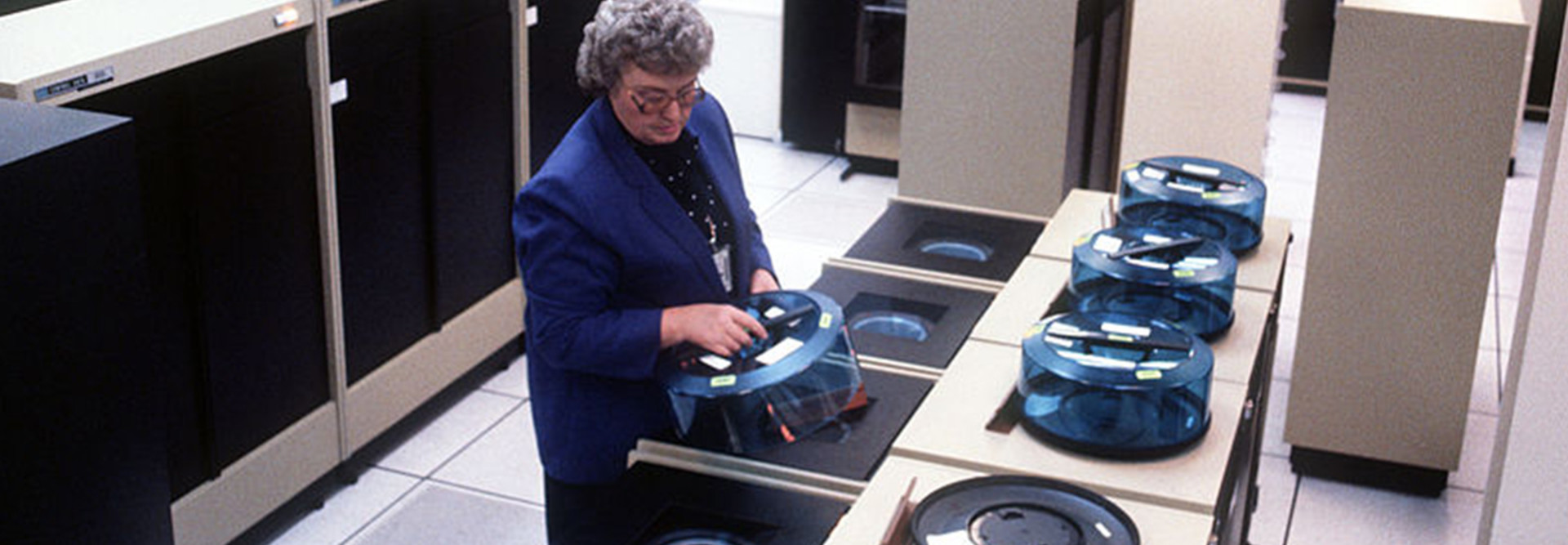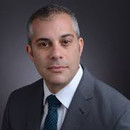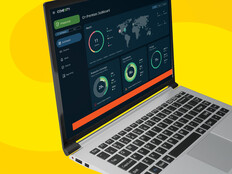Legacy IT System Gets an Update
Having extra, unneeded code is not uncommon; as IT departments update code and reprogram, they often hold on to outdated code in case they need it for some reason, explains Kathleen Cheeseman, HUD’s senior IT program manager.
“As regulations have changed, as business processes have changed over the years, code has been put off to the side but no longer used,” she says.
HUD is in the process of migrating five mission-critical systems from the UNISYS mainframe platform to the cloud. The largest of those operations, the Computerized Homes Underwriting Management System, processes single-family mortgage applications, from initial receipt through endorsement. The IT staff removed about 400,000 lines of unused code from CHUMS before migrating the remaining code to the cloud.
Since then, HUD has tackled the other four systems, which include two financial management systems: the Program Accounting System and Line of Credit Control System, which primarily process HUD grant disbursements. The systems are related, so the agency has merged them as part of the migration process, folding PAS into LOCCS and eliminating 80 percent of the code between the two, Cheeseman says.
Those systems that have not yet moved to the cloud will shed about 54 percent of their code prior to the move. The deletions will reduce the cost of the conversion itself and mean less space used in the cloud, Cheeseman says. The removal of obsolete code also makes the systems easier to modernize and maintain going forward, she adds.
VIDEO: Federal CIO Suzette Kent explains the government’s IT innovation agenda.
Government Pushes Modernization on Multiple Fronts
The TMF launched in 2017 with an initial $100 million allotment for projects. Congress added another $25 million for FY 2019, and the same for FY 2020. To date, the fund has awarded about $90 million to nine projects at six federal agencies.
HUD, for example, initially received $20 million from the TMF, which generated widespread support inside the agency and prompted HUD leadership to kick in some of its own money. As a result, the TMF reduced its total allocation to HUD to $13.9 million.












